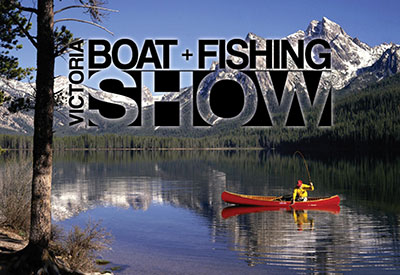NOVA SCOTIA SEA SCHOOL USES HIGH TECH TO KEEP SAFE WHILE TEACHING YOUTH LOW TECH LIFE SKILLS

Oct 10, 2016
THE BACKSTORY Since 1994, the Nova Scotia Sea School (NSSS) has offered challenging, real life adventure training programs to thousands of youth from Nova Scotia and across Canada. The unique training programs range from sailing adventures, wooden boat-building courses, outdoor adventures, wilderness programs, and team-building programs that build skills, confidence, environmental stewardship, teamwork and respect.
Heather Kelday, Executive Director of the NSSS who has been with the organization for almost ten years, explains that the primary target of NSSS is to reach out to a diverse mix of Nova Scotia youth spanning socio economic backgrounds and to prioritize “at risk youth or marginalized youth wherever possible. The programs help youth take command of boats, and through that experience, take better control of their lives. In all of its programs, safety and communications are of paramount importance to the NSSS.“We follow best practices,” says Kelday. “Many of our staff are trained in wilderness first aid. That’s where I first learned about SPOT.”
BEST PRACTICES IN SAFETY AND COMMUNICATIONS In all of its programs, safety and communications are of paramount importance to the NSSS. “We follow best practices,” says Kelday. “Many of our staff are trained in wilderness first aid. That’s where I first learned about SPOT.”
Two specialized fully trained instructors are on each sailing trip. Classified as a coastal voyage, the boats are not allowed more than 2 nautical miles offshore, so if an emergency occurs a rescue could potentially take place within 2 hours. Essential communications gear which includes SPOT GPS Satellite Messengers and SPOT Global Phones is part of the NSSS Emergency Action Plan, reviewed annually by the Joint Rescue Coordination Centre for Atlantic Canada, the Canadian Coast Guard and Halifax Search and Rescue.
“Our instructors take on a lot of responsibility, so we have a robust emergency action and risk management plan,” says Kelday. “We use a fair amount of redundancies and communication tools. All of our staff are trained in communications. One staff member carries SPOT in their PFD (personal flotation device) at all times. Staff also perform daily check-ins so we know where they have anchored for the night.”
SPOT FOR WILDERNESS AND SAILING ADVENTURES For sailing adventures, the NSSS operates two wooden sail boats, each 30 feet long. Up to 11 teenagers travel on each boat. Sailing trips can range from under a day to as long as 21 days, and travel coastal routes between Halifax and Lunenburg. For its wilderness programs, NSSS offers camping excursions to locations including West Ironbound Island, located near La Have, Nova Scotia. The Island is about five miles from Fort Point and is home to a historic lighthouse dating back to 1855. No one lives permanently on Ironbound Island so it’s an ideal location for developing wilderness survival skills. SPOT devices are used as back-up communications given the“patchy cell reception”.
Youth participants are not allowed to bring any technology on the trips, only instructors and team leaders are equipped with satellite devices. “They learn navigation skills using traditional tools,” Kelday says. “GPS devices aren’t used for actual navigation during the trips but are carried for safety and back-up” Kelday explains that after each adventure, SPOT tracking is used to generate maps showing GPS waypoints along the route of each adventure, to promote the trip.
Kelday says that within the adventure education field, the NSSS program is very unique in that it takes a local approach. “We spend time working with local youth who learn sailing skills as well as life skills. They become connected with the places they visit and develop a long term relationship with the places they’ve been.”
For more information on the Nova Scotia Sea School visit www.seaschool.org .
Globalstar Canada Satellite Co. is a distributor of SPOT satellite devices and a proud sponsor of the Nova Scotia Sea School.For more information on Spot devices check out www.findmespot.com
Photo: Elizabeth Hall NS Sea School, credit Nova Scotia Sea School





























